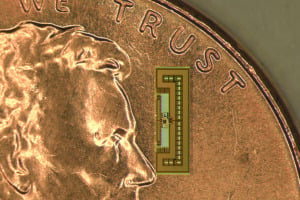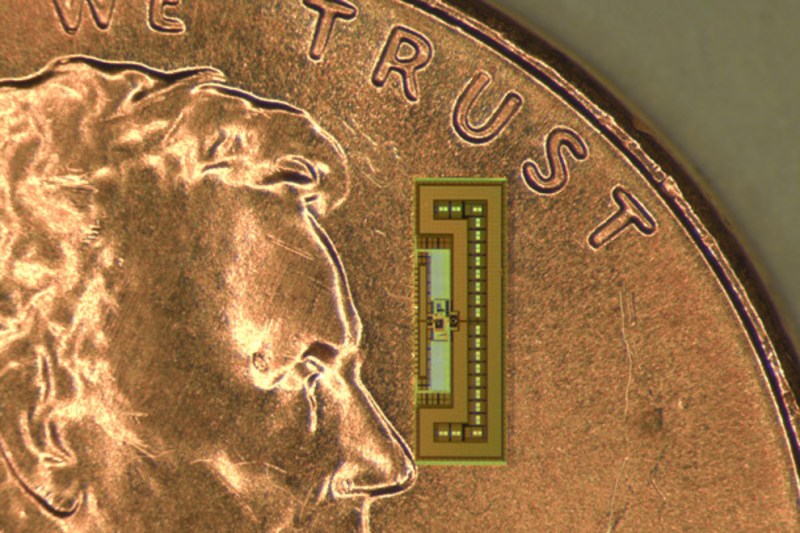Amin Arbabian, assistant professor of electrical engineering, and his team of researchers have developed ant-sized radios that bring the Internet of Things (IoT) — the interconnectedness among people, devices and wireless data — one step closer to reality.

In collaboration with researchers at UC Berkeley, Arbabian’s team has managed to construct a wireless, cost-effective and self-powering chip that may bridge the gap between the Internet and smart gadgets.
Arbabian’s research was initially spurred by the concept of making a radio so small it could potentially be put on bank notes or pills. There were two main challenges to his pursuit: effective power delivery and operations within a dense network.
“Making it very small is difficult, but the biggest challenge in making it small is how to deliver power to it,” Arbabian said.
To address these issues, Arbabian had to rethink the individual components of a radio from the ground up.
“Most radios have many, many external components,” Arbabian said.
Thus, in order to approach miniaturization Arbabian needed to look at how to eliminate the conventional external components.
“You don’t have an antenna, power supply or crystal reference as a clock,” he said. “All your algorithms have to change because you do not have access to the same resources that conventional radio designs have.”
In terms of power delivery, the team was able to achieve this feat because their chip uses a much higher frequency millimeter wave than the conventional radio.
“[These ant-sized radios] have electromagnetic waves to not only deliver the message but also deliver the power,” Arbabian said.
The future looks promising for these devices, which shed light on the concept of IoT. Arbabian explained that we may use a user’s central node, such as a laptop, cellular phone or tablet, and his radios to communicate with other people.
“Wireless technology started out from connecting station to station, and then connecting stations to people like broadcasting, and then people to people,” Arbabian said.
“The next phase is going to be connecting these objects together,” he added.
However, with a limited range of two to three meters, there are still many obstacles ahead.
“You definitely need a lot more work to do from the ground up,” Arbabian said. “You need to design new radios obviously, but you need a new infrastructure, algorithms, applications — everything has to come to sync. This is just the step in the right direction.”
Vincent Cao contributed to this report.
Contact Kylie Jue at kyliej ‘at’ stanford.edu and Vincent Cao at vcao2 ‘at’ stanford.edu.
